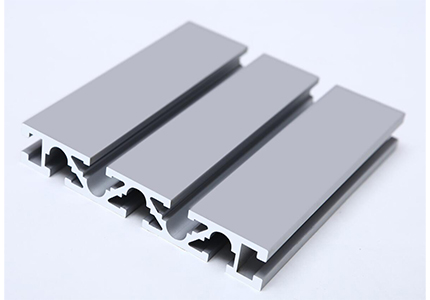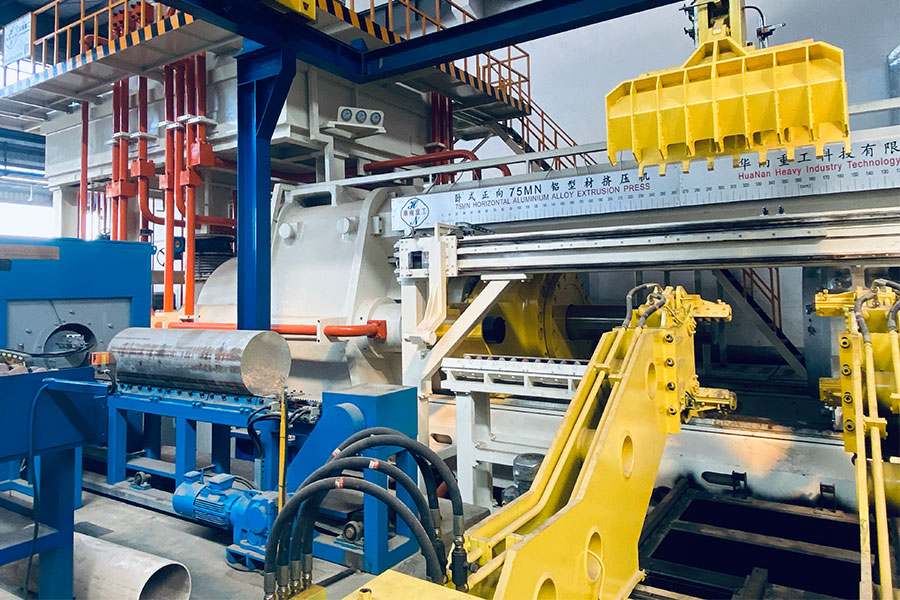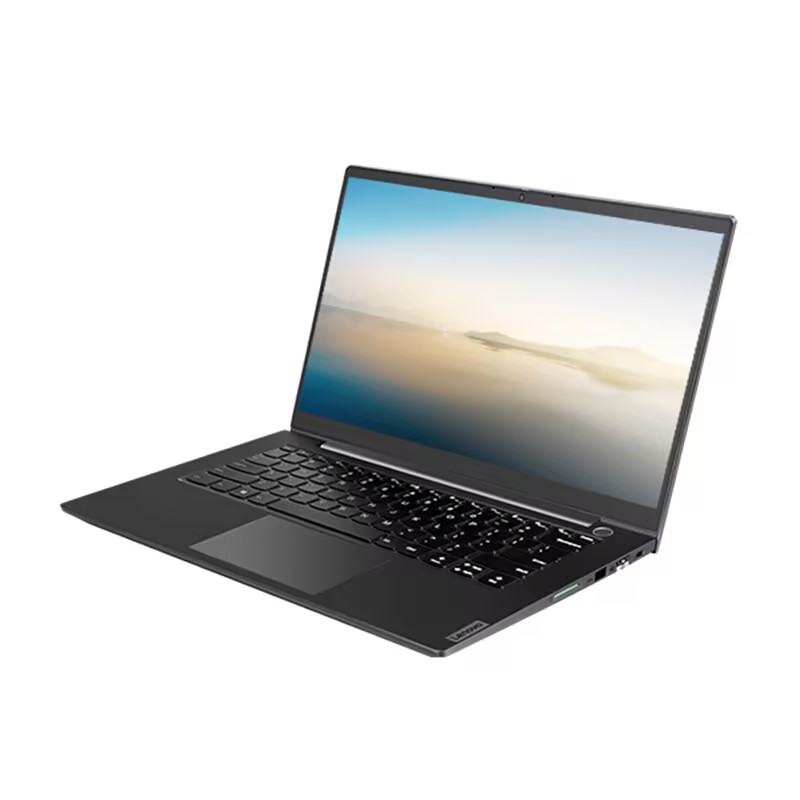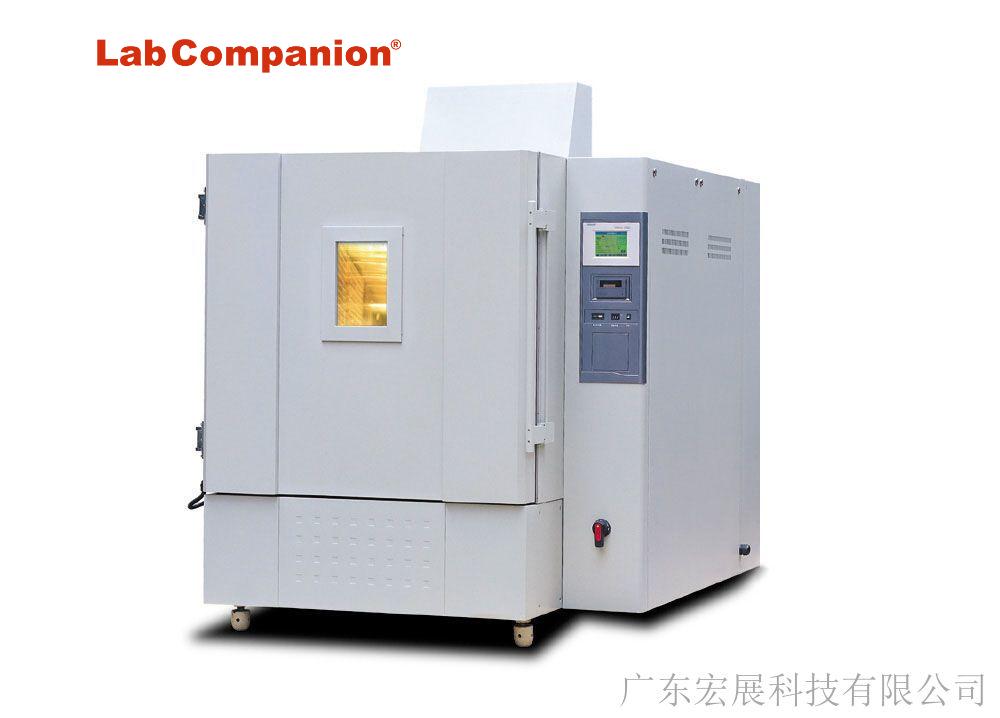
When the Aluminum extrusion machine is operating normally, the aluminum forming speed is consistent and uniform. If the extruder is not running smoothly or is unable to extrude aluminum profiles, it is likely due to the following reasons:
1,Low Aluminum Billet Temperature: If the aluminum billet's temperature is too low and does not reach the required extrusion temperature, it can cause difficulties. The billet temperature should be maintained between 400-540°C (for 6xxx series aluminum alloys), with an optimal range of 470-500°C. The required temperature varies for different aluminum profiles. If the temperature is too high, it can cause tearing; if too low, it can reduce extrusion speed because the aluminum needs to be softened. Most of the frictional force generated during extrusion is converted into heat, leading to an increase in temperature. The temperature rise is proportional to the extrusion speed and extrusion pressure. Therefore, to reduce deformation resistance and achieve a high extrusion speed, it is essential to control the extrusion temperature within the desired range.
2,Die Temperature: The die temperature is crucial for both the quality of the extruded profile and the extrusion speed. Typically, the die temperature should not be lower than 426°C before extrusion. If the temperature is too low, it can lead to clogging or even damage the die. Therefore, die temperature is a key factor affecting whether the aluminum profile extruder can achieve high productivity.
3, Extrusion Cylinder Temperature: During the preheating phase of the extruder, it is important to avoid excessive thermal stress and ensure that internal thermal stress is eliminated. The required temperature for the extrusion cylinder varies depending on the type of aluminum billet but generally needs to be above 426°C.
4, Low Extrusion Speed: A low extrusion speed can result in insufficient extrusion pressure, making it difficult to extrude the aluminum profile.
In addition to the primary reasons mentioned above, there are other potential causes such as high oil temperature, insufficient lubrication of the extruder, poor die design, and improper aluminum billet length.
Our company, Huanan Heavy Industry Technology Co., Ltd., has 30 years of experience in the extrusion industry, producing approximately 160 to 200 Aluminum extrusion machines annually. We have accumulated substantial knowledge and experience in extruder technology. If you would like to discuss extrusion machine-related topics, feel free to contact us at jessica@huananmachine.com. For more information, please visit our website: www.huananmachine.com.


